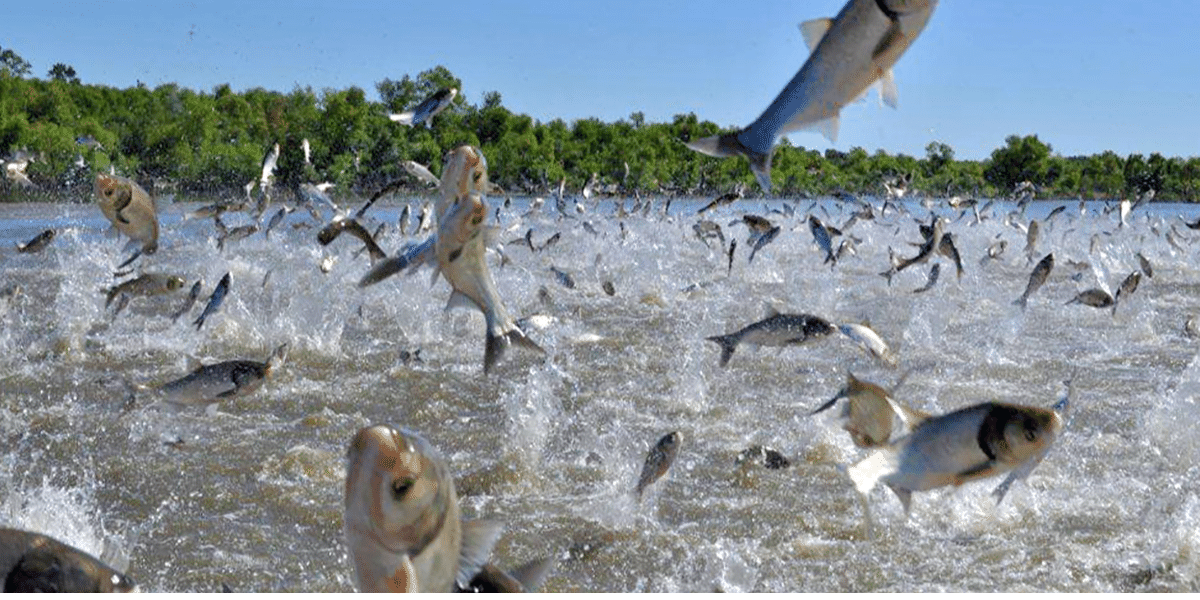State-Ordered Review of EGLE is Complete
The Michigan Department of Environment, Great Lakes, and Energy, or “EGLE”, has been under scrutiny since the handling of the environmental disaster that led to hazardous material leaking onto I-696 in Madison Heights. A review of compliance monitoring and enforcement procedures was ordered after the debacle in December 2019.
The review came up with eleven high-level recommendations to improve procedures but also noted that EGLE had strong internal policies, education, outreach and compliance assistance to regulated businesses.
The deficits noted include internal structures, staffing, and governance, management of cases, communication and collaboration, and use of data.
EGLE Director Liesl Clark said, “The changes suggested in this report will help EGLE more quickly identify and address violations that can cause public health and environmental risks. It is important that EGLE accomplishes this critical role in a timely, transparent and consistent manner. The public and those we regulate should expect EGLE to make reasonable decisions that restore compliance with the law as quickly as possible.”
A link to the full report can be found at:
https://www.michigan.gov/documents/egle/EGLE_Compliance_and_Enforcement_Report_2020_712405_7.pdf
Reporting for WGRT – Jennie McClelland


